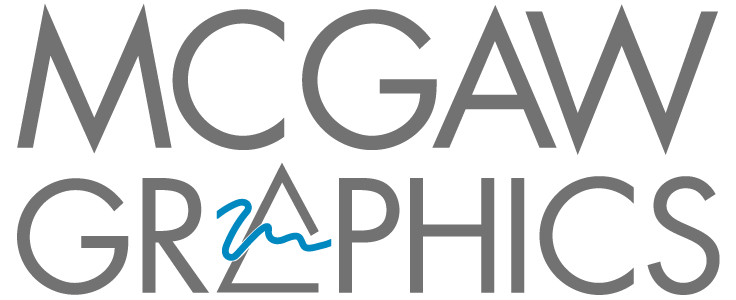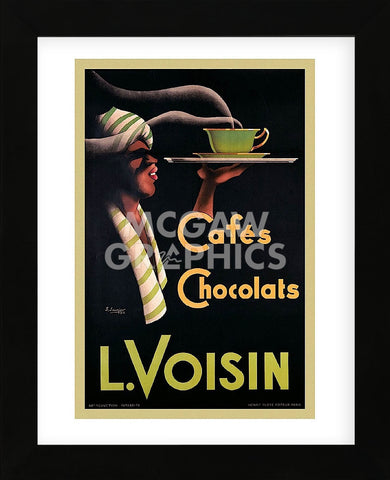Product Detail
- Overall: 16" H x 13" W x 0.75" D
- Overall Product Weight: 2.5lb.
- Material: Glass
- High-quality print on heavy paper
- Printed with vibrant, color-fast inks
- Framed in a contemporary style molding; available in black, gold, and white
- Sawtooth hanger
- Unmatted
Image is Copyrighted and Property of its respective owner
Product Detail
- Overall: 16" H x 13" W x 0.75" D
- Overall Product Weight: 2.5lb.
- Material: Glass
- High quality print on heavy paper
- Printed with vibrant, color-fast inks
- Framed in a contemporary style molding; available in black, gold, and white
- Sawtooth hanger
- Unmatted
About the Artist
This image by Noel Saunier is an example of early 20th century poster advertising. The modern poster, as we know it dates back to 1870 when the printing industry perfected color lithography and made mass production possible. They have ranged in styles from Art Nouveau, Symbolism, Cubism, and Art Deco to the more formal Bauhaus and the hippie posters of the 1960s.
Posters, in the form of placards and posted bills, have been used since earliest times, primarily for advertising and announcements. By the 1890s, the technique had spread throughout Europe. A number of noted artists created poster art in this period, foremost amongst them Henri de Toulouse-Lautrec and Jules Chéret. Chéret is considered to be the "father" of advertisement placards.
Chéret developed a new lithographic technique that suited better the needs of advertisers: he added a lot more colour which, in conjunction with innovative typography, rendered the poster much more expressive. Posters soon transformed the thoroughfares of Paris into the "art galleries of the street." Their commercial success was such that some of the artists were in great demand and theatre stars personally selected their own favorite artist to do the poster for an upcoming performance. The popularity of poster art was such that in 1884 a major exhibition was held in Paris.
By the 1890s, poster art had widespread usage in other parts of Europe, advertising everything from bicycles to bullfights. By the end of the 19th century, during an era known as the Belle Époque, the standing of the poster as a serious artform was raised even further.
Many posters, particularly early posters, were used for advertising products. Posters continue to be used for this purpose, with posters advertising films, music (both concerts and recorded albums), comic books, and travel destinations being particularly notable examples.





